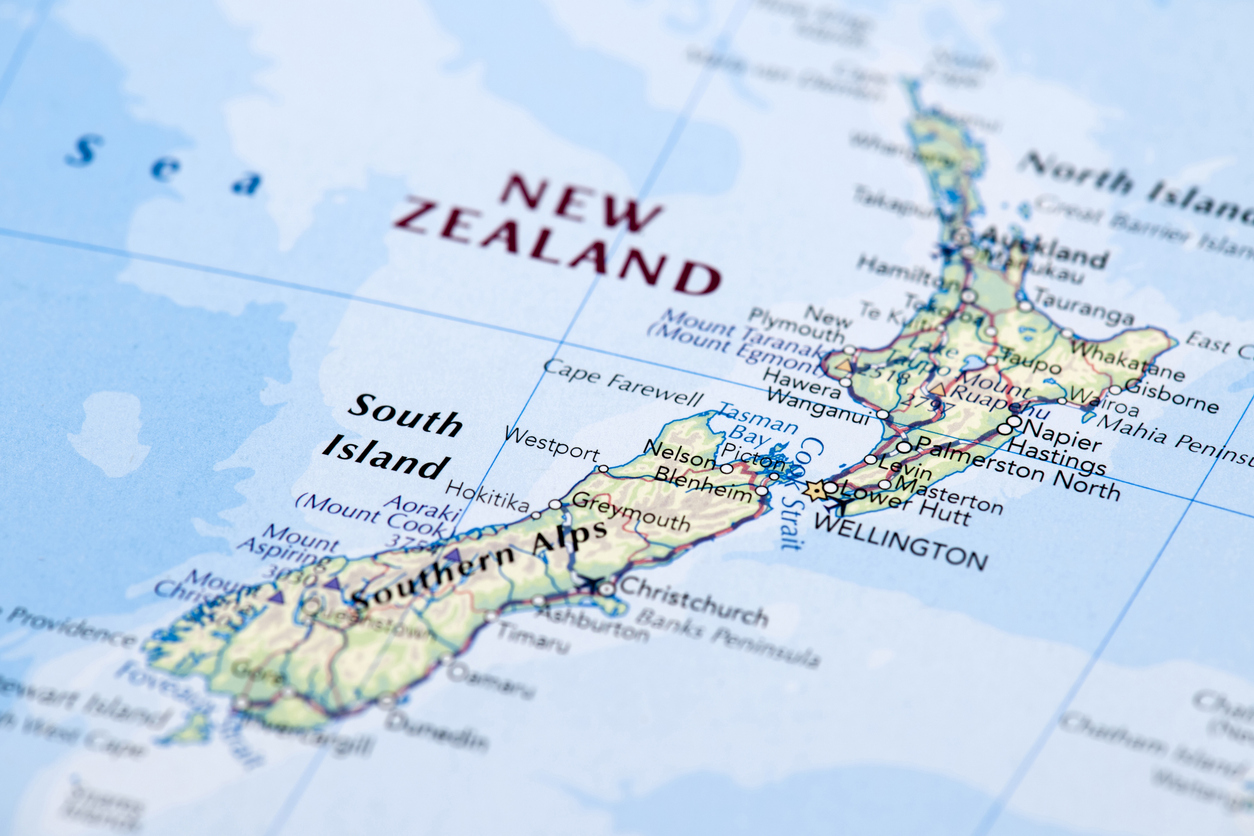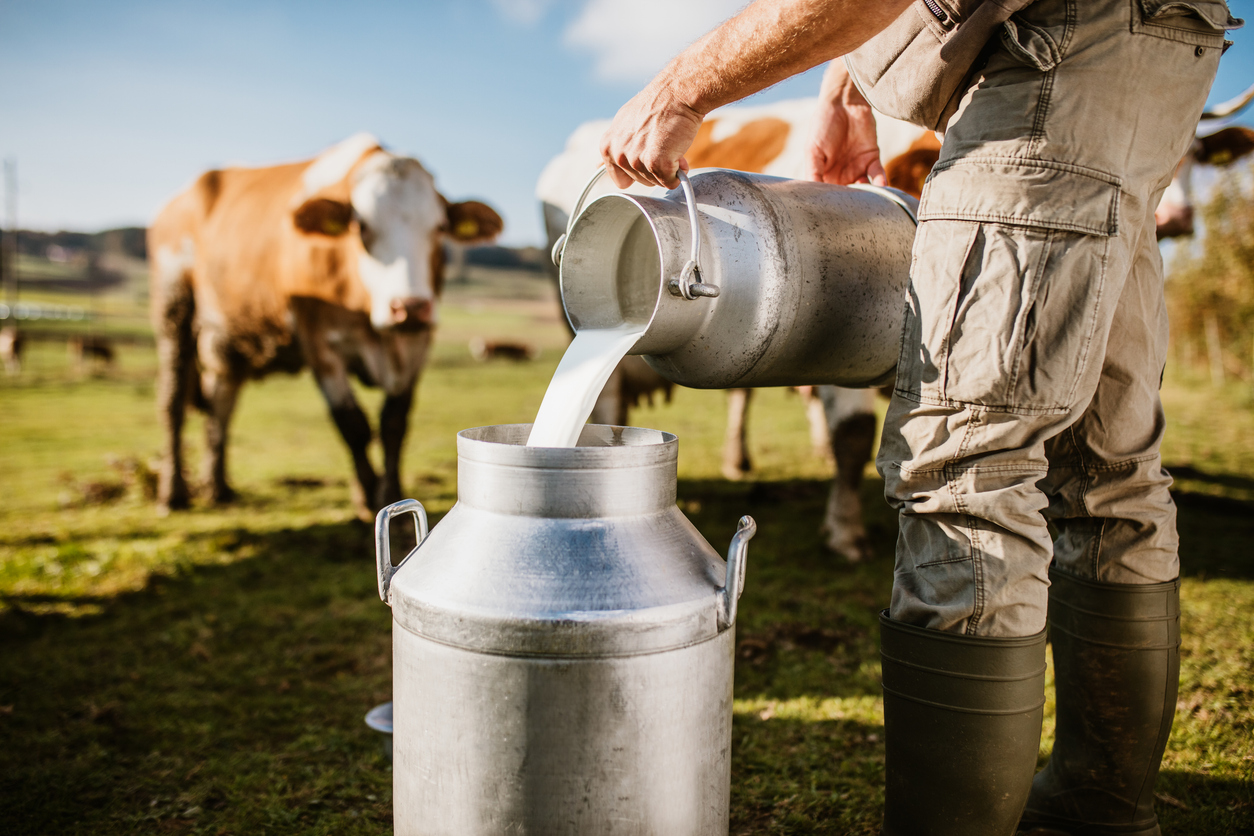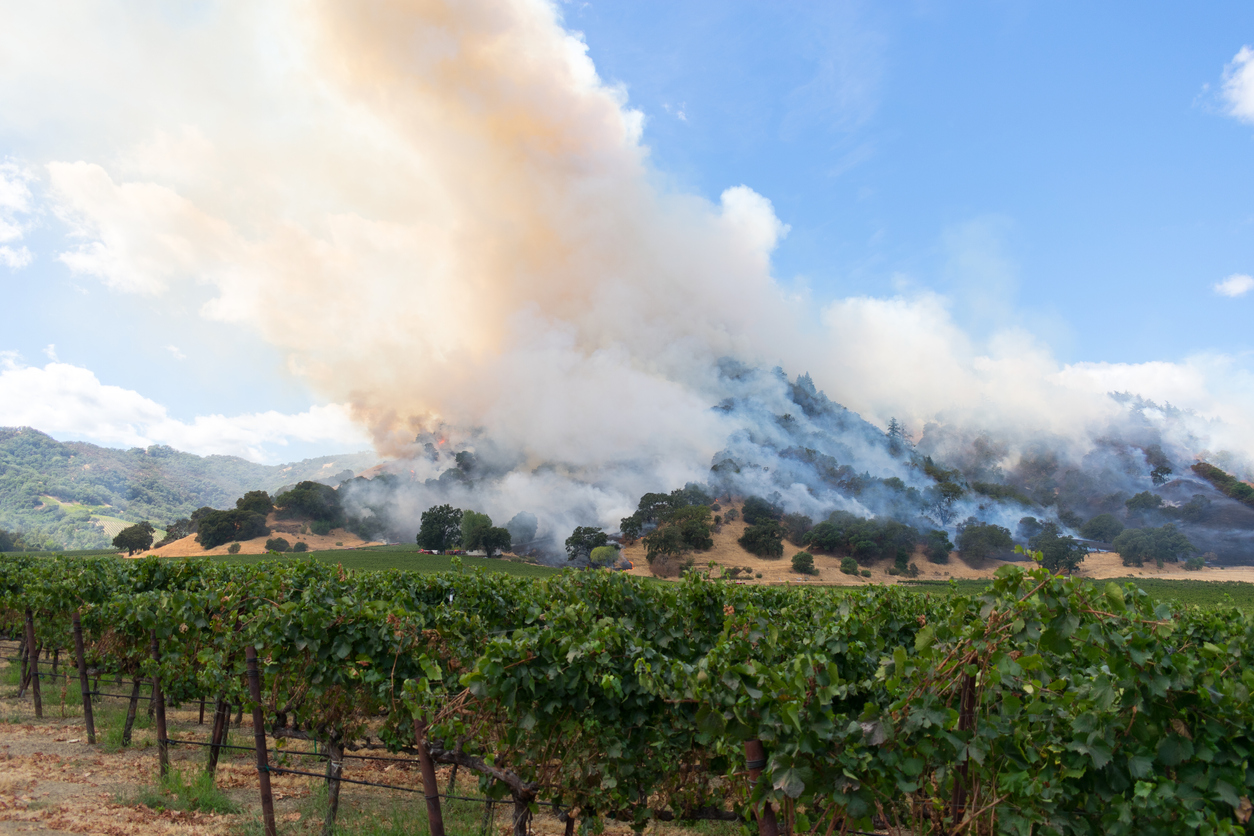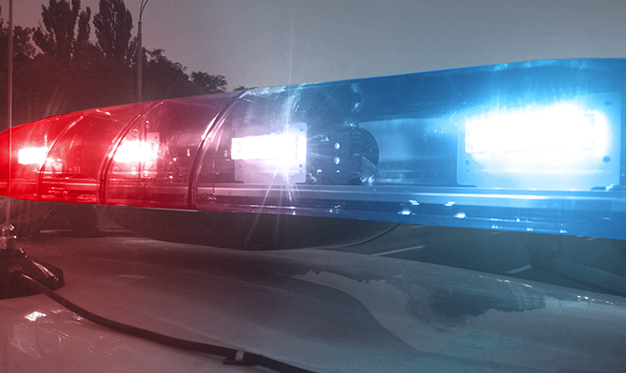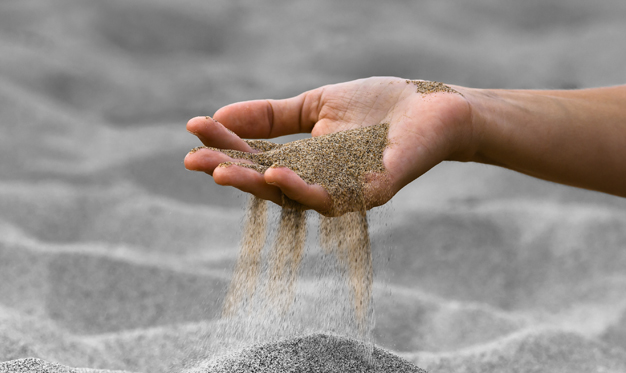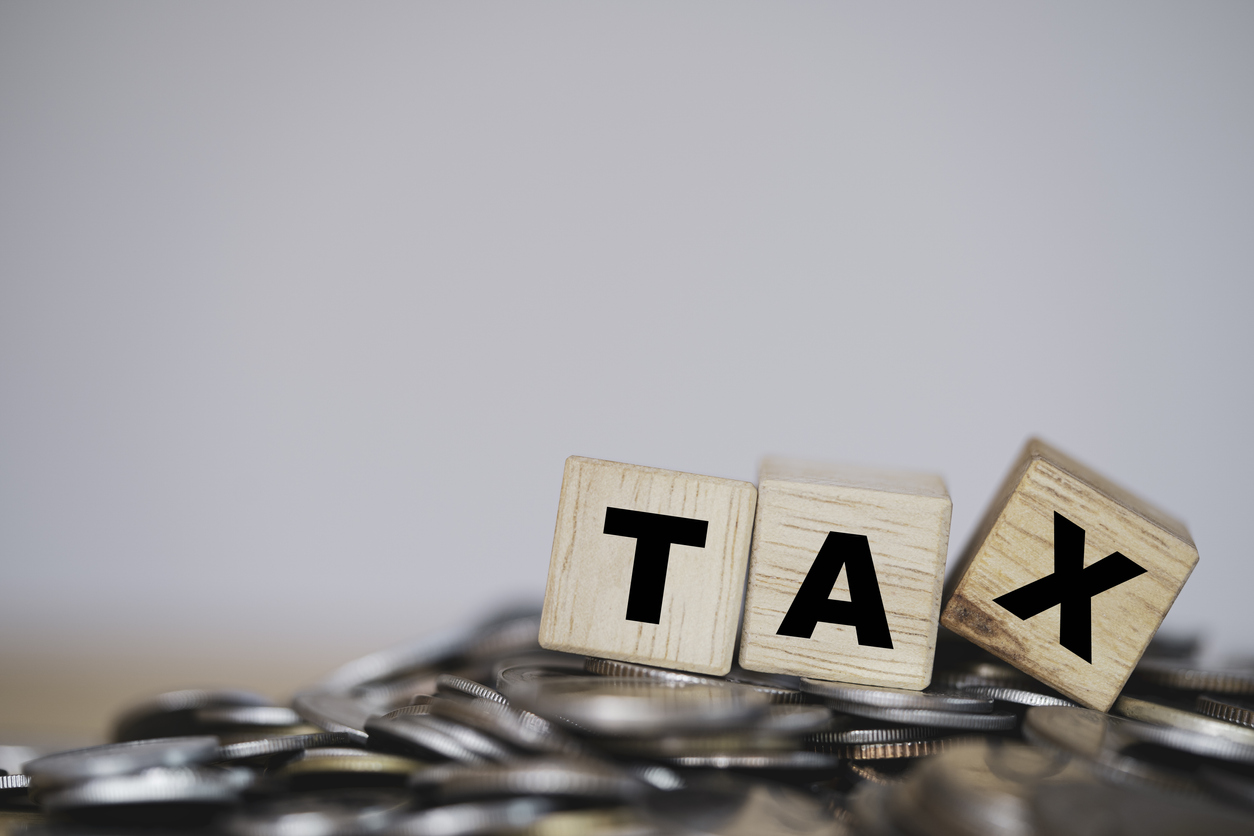What used to be considered an illicit drug in most countries is now a decriminalized plant with some medicinal potential. Cannabis is in the midst of a global transformation into a major industry with massive investment and growth potential.

Canada was the first G20 nation to fully legalize the cultivation, processing, sale, and possession of Cannabis at the federal level on October 17, 2018. Significant steps towards federal legalization have also taken place in the US, Australia, South Africa, Jamaica, Israel, and many other countries.
We could speak forever just about the cannabis industry and the road to 2021, but as forensic accountants who specialize in economic damage quantification, the subject of this article is around lost profits exposure in the cannabis industry. Specifically, we will discuss the challenges and key considerations when attempting to quantify the lost profits that can arise from either first-party exposure from an insured event or third-party claims.
Being from Canada and exposed mainly to the Canadian market, this article will focus on the Canadian cannabis industry. However, many nations considering legalization are closely monitoring the successes and challenges in Canada.
Background
As with any lost profits calculation, it is essential to understand the background of the industry. Below is a high-level overview of the recent legalization in Canada and the regulatory landscape.

Cannabis Legalization Timeline in Canada
Medical use of Cannabis
- On June 7, 2013, the federal government implemented the Marijuana for Medical Purposes Regulations (MMPR) (1).
- On August 24, 2016, the Access to Cannabis for Medical Purposes Regulations (ACMPR) replaced the MMPR (2). The changes made included access to other cannabis products in addition to dried flower.
Recreational use of Cannabis
- October 17, 2018, The Cannabis Act took effect, which legalized Cannabis for recreational use in adults starting October 17, 2018 (3).
- This act only included dried Cannabis and specific types of concentrated cannabis/oils.
“Cannabis 2.0”
- On October 17, 2019, the federal government announced new regulations that legalized cannabis edibles, topicals, and extracts.
Regulatory Landscape
Overall Regulation
- Health Canada issues licenses for cultivation, processing, sales, research, testing, etc., to Licensed Producers (“LP” s). These licenses dictate cannabis related activities that each entity can perform (i.e., cultivation, sale, extraction, etc.).
Sales and Distribution
- Provinces manage the recreational aspect, and each one is uniquely organized. Operations range from centralized distribution of all products to decentralized distribution direct to the retailers and/or customers.
- Medicinal: Health Canada continues to regulate the process for the medicinal sale of Cannabis in Canada.
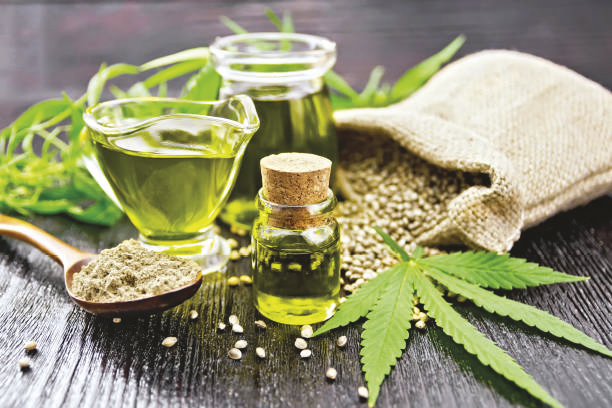
The Results Since Legalization – Is the Hype (or Struggle) Real?
Year 1
Before and during the first year of legalization, there was an almost uncontrollable industry hype about Cannabis’ market potential. Several published analyst projections and outlooks pegged the first year of legal domestic sale of Cannabis to exceed $4B in year 1. Additionally, several Canadian-based public companies peaked during April 2019 with market cap valuations of 22B (4) for Canopy Growth Corporation and 9B (5) for Aurora Cannabis.
The actual results of the first-year post-legalization saw massive growth in terms of production, sales, and newly licensed growing space. Some highlights of the first year of legalization (October 2018 to September 2019) include the following:
- Monthly retail sales in Canada grew from $42M in October 2018 to $123M in September 2019 (192%).
- Indoor growing space increased from 452K Square Meters in Oct 2018 to 1.5M in September 2019 (226%)
With a lot of positives to discuss in the first year, there were certainly some challenges faced by the industry that fell well short of analyst projections:
- Total recreational sales fell short of $1B.
- Towards the end of the first year of legalization and into the second year, production capacity growth outpaced sales and led to a massive build-up of inventory, which resulted in downward pressure on price.
- While sales grew by 192%, unpackaged inventory grew by 327%.
- Challenges in provincial distribution networks included no brick-and-mortar stores open for the first six months in the most populated province (Ontario).
- The black market continued to operate and expand alongside legal Cannabis.
- Limited products were available to consumers (edibles, topicals, and other extracts were not yet legalized).
- As a result of these challenges, many public companies experienced massive devaluations and class action lawsuits stemming from disclosure issues, license suspension from unregulated production, and loss of profit claims from breach of contract. Less than one year since peak valuations, Canopy and Aurora dropped to lows of $5.3B (peaked at $22B) and $0.5B (peaked at $9B), respectively.
Year 2
In the second year of legalization, most LPs were hopeful that improved distribution networks and Cannabis 2.0 (6) products legalization, which included edibles, vapes, topicals, and other extracts, would provide relief for some of the challenges in the marketplace.
Similar to the first year, the growth was impressive:
- In October 2019, total retail sales were $130M and increased month over month, resulting in total sales of $297M in December 2020 (growth of 129%), with the biggest growth seen in Ontario.
- Production space increased from 1.4M square meters of growing space in October 2019 to 2M in November 2020 (growth of 53%)
However, year 2 was not without its challenges and stutter-steps, which included:
- Delay in capability and regulation meant most Cannabis 2.0 products weren’t available to consumers until January 2020 (despite legalization in October 2019).
- Concerns of illnesses caused by vaping Cannabis delayed the sales of vape pens in certain provinces (7)
- Delays continued in opening brick-and-mortar stores in Ontario until it was announced that Ontario would open ten new stores a month beginning in April 2020.
- Unfortunately, in March 2020, the Covid 19 pandemic further delayed the opening of brick-and-mortar stores.
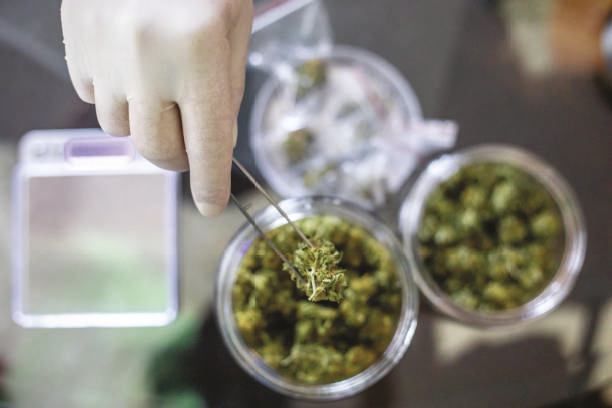
Operations during COVID 19
At least at the time, for the cannabis industry in Canada, a big win was being deemed essential at the onset of the Covid-19 pandemic because it meant that all operations, construction, and sales could continue during restriction periods.
From April to June 2020, after the start of the COVID 19 pandemic, consumers spent 74% more money on licensed Cannabis when compared to the same period in 2019 (8). During the same period, spending on the black market dropped by approximately 5% (9).
Consumers also seemed to change their buying patterns and preferences. Cannabis flower still held as the most common form of consumption but vaping, edibles, and topicals picked up in popularity. The Government of Canada Consumer Survey asked respondents about their methods of consumption. Smoking was the most common method at 79%; however, this statistic represents a decrease from 84% in 2019. While smoking may still be the preferred method, sales of extracts and edibles have increased significantly since the launch of Cannabis 2.0.
Despite the significant increase in sales, the industry’s growth did not meet the expectations (or hopes) of many of the LPs as cannabis inventory continued to climb, reaching over 1M KG of unpackaged inventory in November 2020.
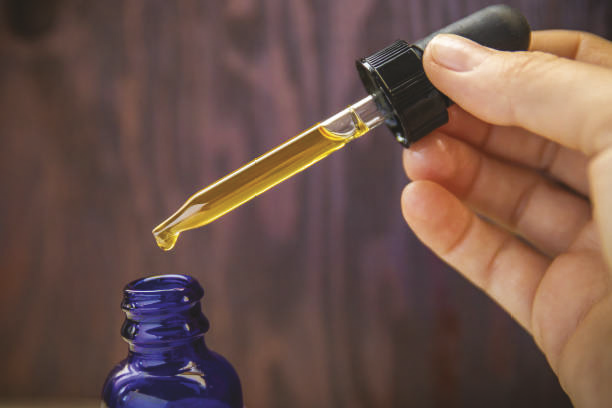
Today’s Landscape
Today’s landscape in the cannabis industry has been one of consolidation, with significant deals being announced in an e ort to be the first to claim brand loyalty. Sales continue to grow, as does the diversity of products available to consumers. The ability to offer different strains and new products seems to be the recipe for the success of many LPs.
But inventory continues to pile up despite companies reducing production and even closing facilities.
Insurance
With the landscape described above, major capital investments, huge valuations, large lawsuits, and rapid construction, many insurers have taken a “wait and see” attitude towards the cannabis industry. At least until there is more historical data and the market landscape normalizes (whatever normal is).
What some may not have expected, or considered, is the breadth of the industry. The cannabis industry is more than just growing, packaging, and selling. There are numerous supporting industries that, in some way or another, may be exposed to events leading to a lost profits claim from the cannabis industry. These can include:
- Construction (delay in start-up)
- Professional services such as engineering, accounting, lab testing (professional liability)
- Suppliers (production supplies, packaging products, growing medium)
- Product recalls and product liability
- Utilities (service interruption)
- Distribution (damage of goods in transit)
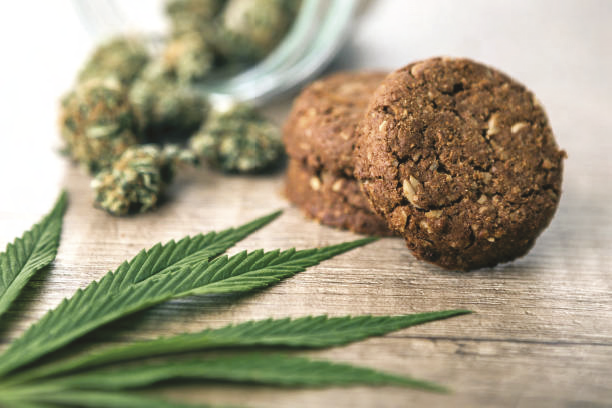
Measuring a Cannabis Loss
The subject of this article is lost profits in the cannabis industry, so here’s an attempt to simplify it.
Although rarely simple, we have addressed how to quantify lost profits in the cannabis industry and the key considerations in doing so.
Methodology
Notwithstanding policy wording, the general methodology for lost profits is the lost sales value less the saved costs it would have taken to bring the products to the customers. If applicable, this includes any additional costs incurred to continue operating or avoid a further loss of sales. This methodology is also applicable when approaching a cannabis loss; however, there are many nuances to this industry.
Production
If the triggering event involves a loss of production, often very little historical production data is available or at least relevant historical production data. Although the industry is now a few years old, the only constant in the industry so far is constant change:
- New production space, new equipment, new products, new licenses, new regulations, new technology, new methods.
- Not all cannabis plants are the same. Different strains are grown for different purposes under different conditions and can yield very different results.
- A detailed understanding of the context to historical results and forecasted production is required to establish what the expected production would have been but for the triggering event.
Sales Loss
A delay, interruption, or reduction in Cannabis produced caused by a triggering event doesn’t always mean that a loss of sales has occurred. Consideration must be given to “what sale/order was not satisfied as a result of the event.” As discussed earlier, inventory has built up in the industry. Has a sales loss occurred if all customer orders were filled despite losing a crop/batch/lot of production with existing inventory?
Conversely, if the lost product could have been sold, there is no easy way to replace that capacity (due to a growing cycle of 3-4 months). This can have lasting impacts on customer relationships if orders cannot be filled.
Careful consideration of inventory levels and customer ordering patterns are required to fully measure the extent of the impact to lost sales rather than just lost production.
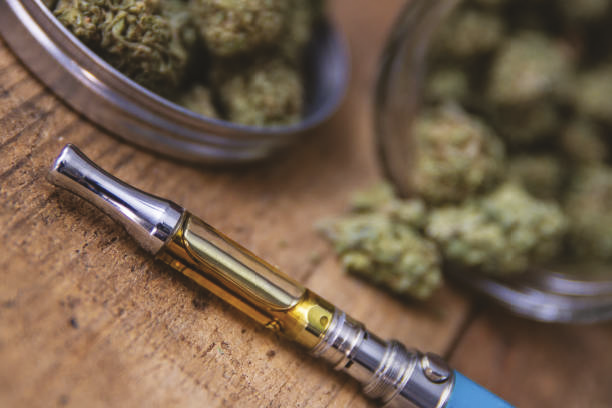
Understanding Timing and Market Conditions
As described above, the cannabis industry has seen both tremendous growth and challenges. Leading up to legalization and in the first 6 to 12 months of legalization (approximately), supply was short, and many cannabis crops were sold before they were even harvested. If we fast forward two years, some LPs could be sitting on months – if not a year’s – worth of inventory in their storage vault.
We also need to consider Covid-19’s potential impact on the affected company’s operations and/or product demand.
Product by Product and Strain by Strain
We’ve observed that certain strains are more popular than others. However, the popularity of each strain may not be known at the time of planting and can also change from the time of
planting to harvesting. A strain can become popular and sell out right away. Just as quickly, other LPs can start growing that strain and oversaturate the market.
The form of cannabis product can also be a key indicator of whether it would be sold. Edibles and other extract products quickly became popular in 2020, which could be due to uncontrollable factors such as Covid-19.
While the consumer ultimately drives popularity, intermediaries such as provincial distributors still influence the supply chain process. In some larger provinces, provincial distributors first purchase all products available for sale in the recreational market. Even though consumers help drive product popularity, they can only select from the distributor’s products. Provincial distributors can also restrict suppliers and make it di cult for some LPs to become suppliers to the province.
Distributors’ requirements can include insurance, minimum order quantities, return policies, and re-supply commitments. When measuring lost profits in Cannabis, careful consideration must be given to where the products were going to be sold, including which sales channels, provinces, and customers.
Price
Cannabis can take many forms and include many different compounds that contribute to smell, taste, and consumption effect. However, the essential compound that seems to drive price is THC and/or CBD %. THC is the psychoactive compound found in cannabis flower. CBD is usually considered a therapeutic compound. There is a general understanding in the industry (and sometimes explicitly stated in contractual agreements) that THC % under 20% will sell at a discount to product with 20%+ THC. While this doesn’t mean there isn’t a premium product with a THC % under 20%, it is currently the most popular measure of quality and price.
Additional price considerations include customer imposed fees, excise taxes, and price guarantees required by some provincial distributors.
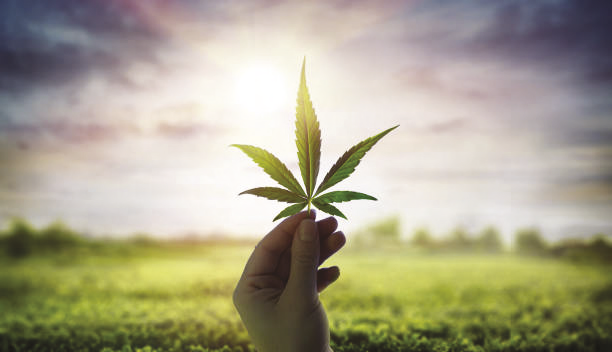
Licensing and Regulation
Licensing and regulatory requirements in the cannabis industry can massively impact a product’s selling potential. An LP who does not have a sales license can only sell to other LPs or perhaps medicinal entities.
Many LPs already have excess inventory on hand, so the business-to-business market has seen downward pressure on pricing. Understanding licensing historically and the process (licensing can take months in some instances) is key to comparing sales and production data between time periods.
Conclusion
Cannabis is an exciting and constantly evolving industry that will continue to grow as more nations assess legalization. With such unpredictability in the market, a detailed understanding of the market landscape and an individual company’s position is required to accurately measure any lost profits from a triggering event.
By: Dave Robinson, CPA, CMA with the assistance of Dylan Lanktree, CPA
Disclaimer
This article contains information in summary form and is therefore intended for general guidance only. It is not a substitute for detailed research or the exercise of professional judgment. MDD Forensic Accountants does not accept any responsibility for loss occasioned to any person acting or refraining from action as a result of any material in this article. On any specific matter, reference should be made to the appropriate advisor. MDD is a forensic accounting firm specializing in quantifying economic losses and, as such, does not interpret coverage or express any opinion thereon. Any statements made are intended for general guidance only and not a substitute for detailed research or the exercise of professional judgment related to specific cases. The statements or comments contained within this article are based on the author’s (s) own knowledge and experience and do not necessarily represent those of the firm, other partners, our clients, or other business partners.
A term used to define the second round of legalization in Canada which allowed extracts, edibles, vapes and topicals to be sold recreationally.
Illnesses were mainly found in the US from black market vaping products.
https://www150.statcan.gc.ca/t1/tbl1/en/tv.action?pid=3610012401
https://globalnews.ca/news/7402001/canada-cannabis-industry-turns-two/



